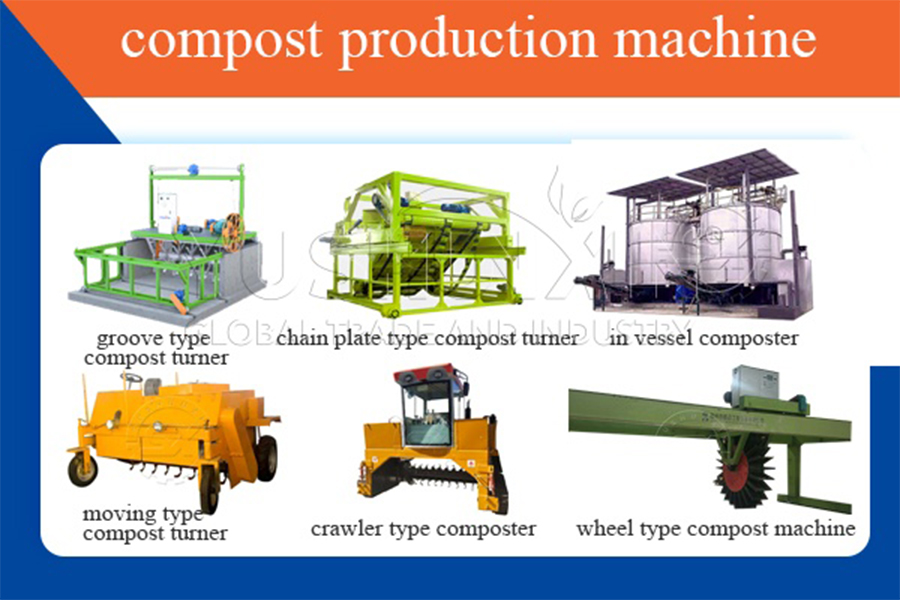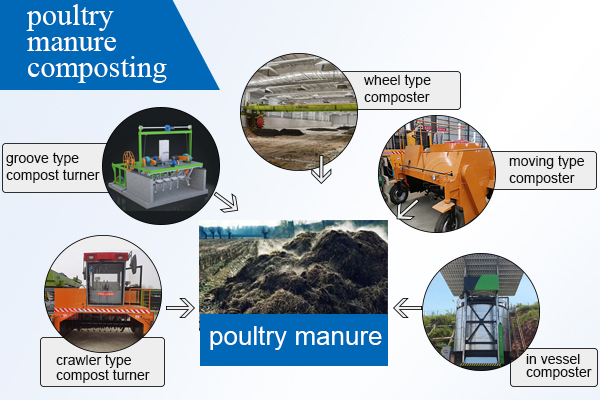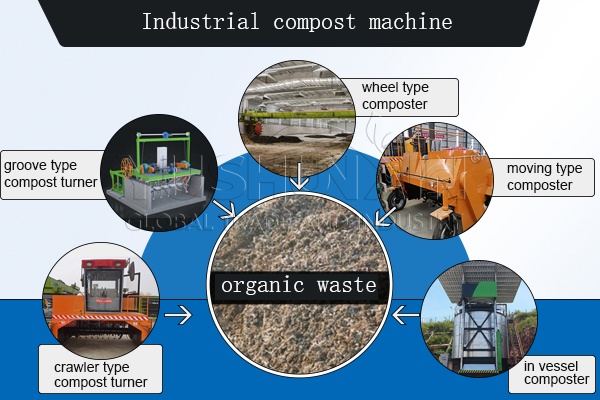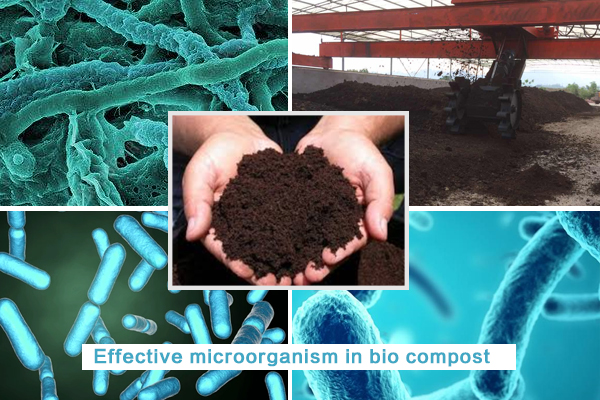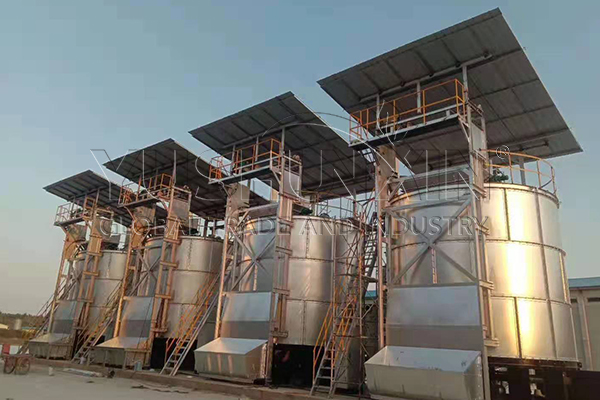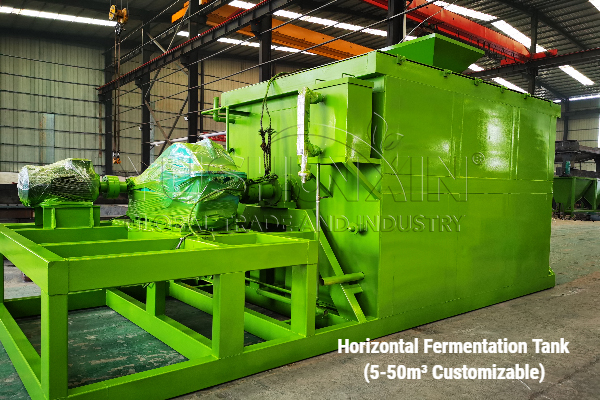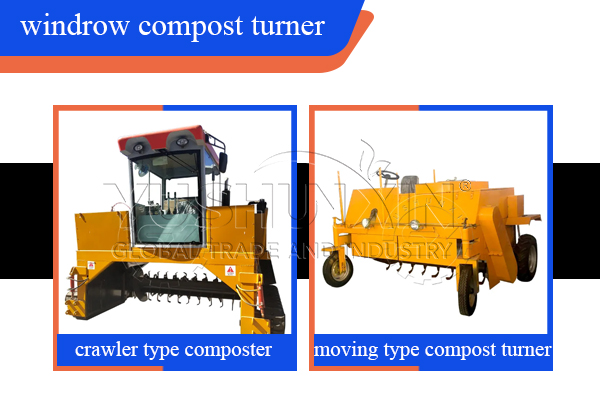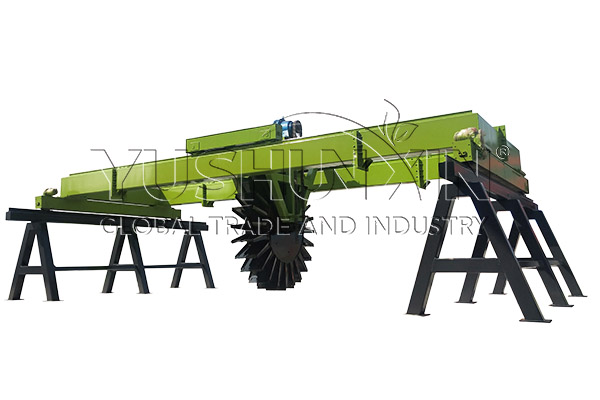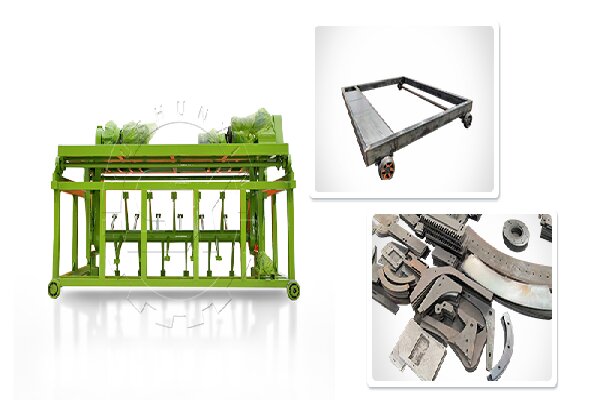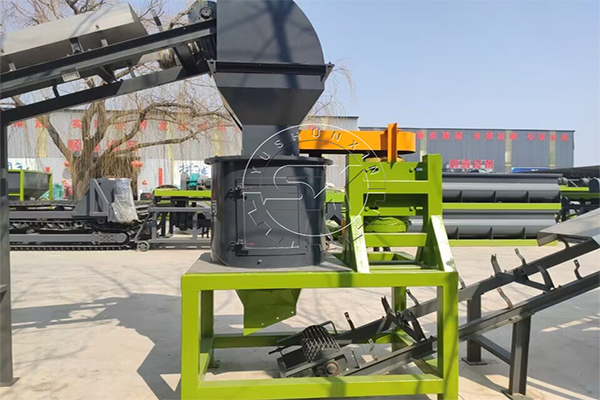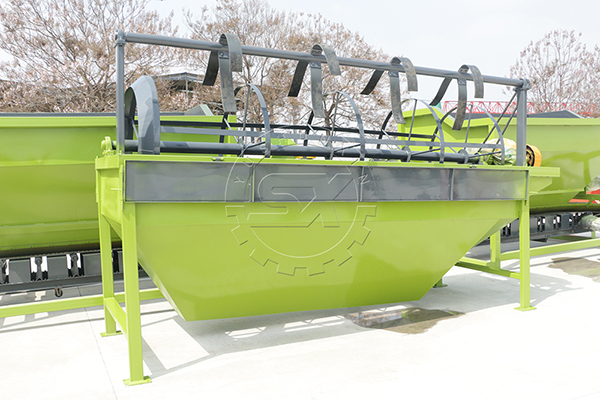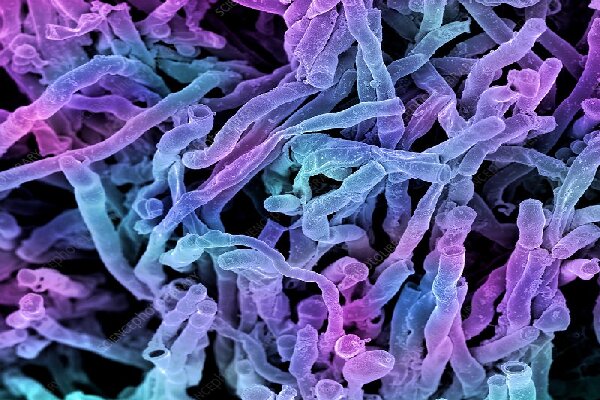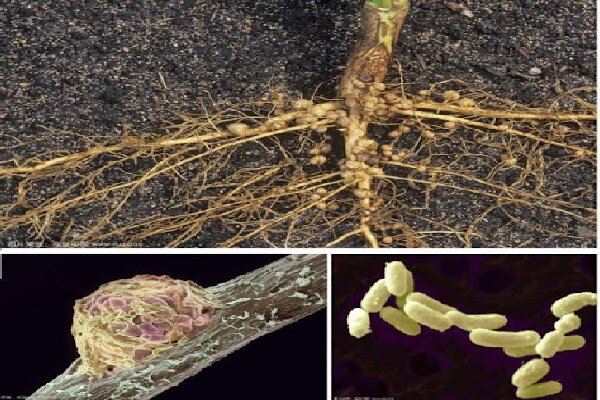Biofertilizer composting can improve resource utilization and reduce soil improvement costs. Temperature, oxygen and humidity are the main factors affecting bio fertilizer composting. To promote the decomposition of organic matter, you can add appropriate amounts of bacteria, such as aerobic fermentation agent and quality azotobacter. Moreover, in the process of making bio organic fertilizer, you can use a biofertilizer composting machine to speed up fermentation time. YUSHUNXIN has a variety of fermentation composting equipment with different output and performance, you can choose the right one through consultation.
What Are the Best Raw Materials for Composting Biofertilizer?
Choosing the right raw materials is the first step to making high-quality biofertilizer. Many types of organic waste can be composted—from animal manure to crop residues. Each material has its own characteristics, and understanding them helps you select the right composting method and equipment.
Not sure how to handle your raw materials? Contact us for tailored composting solutions based on your waste type and project scale.
How to Speed Up Biofertilizer Composting?
Use Efficient Composting Equipment:
To shorten composting time, it is essential for you to use an advanced composting machine. It can accelerate the fermentation process by ensuring proper aeration, temperature, and material mixing. We can recommend a suitable composting machine for you according to your capacity, budget, and specific needs. Welcome to consult us!
Add Composting Microbial Strains:
Adding microbial fermentation agents can dramatically boost the composting process. These microbes (e.g., Bacillus, yeast, actinomycetes) help decompose organic matter faster and reduce odor. Different materials require different microbial strains for optimal results.
These agents can be added directly into the compost pile or during the raw material mixing stage to ensure even distribution and effective fermentation.
Optimize Composting Conditions:
Fast composting requires maintaining an ideal fermentation environment. To achieve this, you should keep the carbon-to-nitrogen (C/N) ratio between 25:1 and 30:1, ensure the moisture content stays around 50–60%, and turn the materials regularly to provide enough oxygen. Additionally, maintaining the temperature at 50–65°C during the thermophilic phase is essential to promote microbial activity and accelerate decomposition.
How Many Types of Commercial Composting Machines Can Be Used to Compost Biofertilizer?
There are several types of commercial composting machines available for biofertilizer production in YUSHUNXIN. Each suits different composting needs and scales. Below are three common options:
Biofertilizer Fermenter – High Fermentation Speed
If you need to ferment organic waste in a short time, the organic fermentation tank is a reliable option. It handles a wide range of raw materials and uses high-temperature aerobic fermentation to rapidly and safely decompose organic matter. The closed design minimizes odors and operates independently of external temperatures. Fermentation is typically completed within 7–15 days. YUSHUNXIN offers fermentation tanks ranging from 5 to 150 m³ and provides customized solutions. Contact us for more details!
Windrow Composting Turner – Mobile Composter
Looking for mobile composting equipment for your farm? Consider the windrow compost turner. Both crawler-type and self-propelled composters come with flexible mobility systems and simple controls. You can easily move them forward, backward, or turn them on flat ground. This equipment is ideal for indoor and outdoor composting—just pile your organic waste into long windrows.
Trench Composting Equipment – For Small and Large Systems
The trench compost turner is ideal for both small-scale and large-scale biofertilizer production. It turns organic waste in composting channels to accelerate decomposition. The wheel-type trench turner features a turning span of 8 to 30 meters and a depth of 1 to 3 meters, making it a great option for industrial-scale composting. For smaller operations, we also offer compact trench turners and chain plate composters. Contact us to find the right model for your composting needs.
Not sure which composting machine suits your material and capacity? Our team is here to help you choose the best solution—tailored to your raw materials, budget, and space. Get in touch now to receive a free consultation and quote!
Which Microbial Strains Should You Add During Composting?
Choosing the right microbial agents is key to effective composting.
Aerobic fermentation agent
First, you should evaluate your raw materials. For example, if your compost contains a high amount of livestock manure, adding thermophilic bacteria helps accelerate organic matter breakdown during the high-temperature phase. If your feedstock is rich in carbon (like straw or husks), cellulose-degrading bacteria will improve compost maturity.
Quality azotobacter
Then, you can also add nitrogen-fixing or phosphate-solubilizing bacteria to enhance the nutrient content of the final compost. In areas with high salinity or poor soil structure, functional strains like Bacillus subtilis or Pseudomonas fluorescens can improve biofertilizer performance.
No worries, YUSHUNXIN will tailor a spraying device to your needs. Feel free to contact us.
Content


